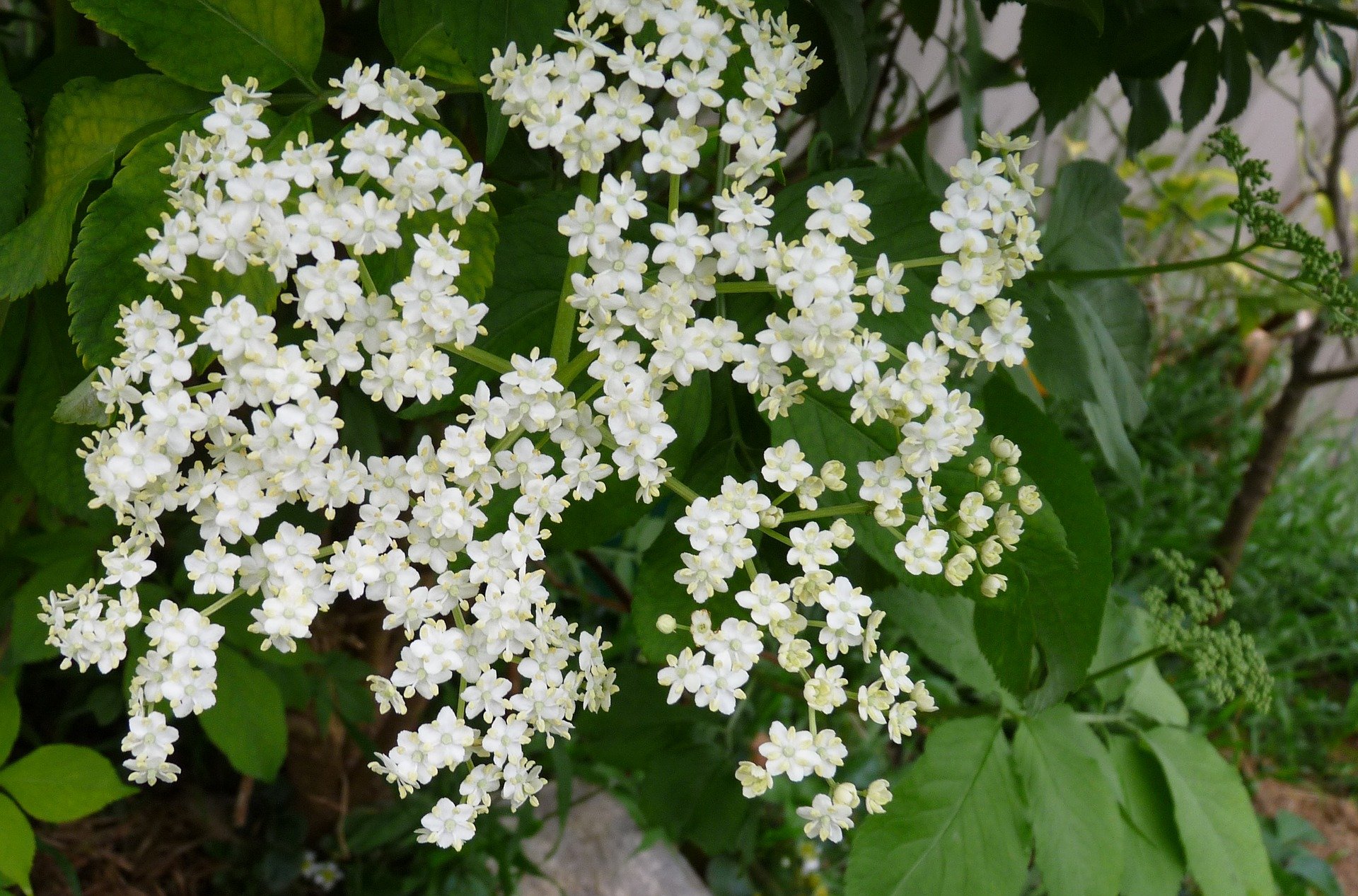There is nothing better than perennial plants that produce food. They look beautiful, nourish you and best of all you only need to plant them once while reaping the benefits for years to come. There is also a cool factor. Just the idea of walking around our land while snacking on food gets my heart racing. Not to mention, some of these trees will be here long after we are gone. It's such a good feeling to know you are leaving behind a legacy.
Most perennials that we plant are young saplings or root stock which means it can take a few years before you'll have any fruit/nuts etc. We have a large area to cover and this is the most economical choice but if you need to speed things up you can also find more mature plants, they'll just cost more.
As homesteaders, planting these shrubs and trees today, is an investment in our future and the planets future too!

Here are some of the varieties that I am excited to be planting this year. They are surprisingly cold tolerant which is perfect for our zone 4 location.
Haskap
Hardy to zone 1 (very cold tolerant).
The Haskap is also known as the honey berry. It flavour is a cross between a blueberry and a raspberry. Its a low growing shrub, cold and drought tolerant. The Haskap does not have any thorns but also does not sucker. It needs two different varieties to pollinate and not all varieties will pollinate each other. Most garden centres and suppliers offer varieties that work well togehter but be sure to ask!
Funny story: I Planted nine root stock of Haskap bushes last year and they were growing beautifully. The reason I need to buy more is because someone (ahem) got overzealous with his new weed/brush cutting machine.
Elderberry
Hardy to zone 3
A shrub with large compound leaves. You can eat the flowers and the berries. Elderberries need pollination for different varieties so be sure to get a selection. My absolute favourite wine, syrup & cordial is elderflower! It needs a soil pH between 5.5-6.5, grows well in a wide range of soils, but thrives in moist, fertile & well drained soil.
Hardy Kiwi
Hardy to zone 3
This is an extremely vigorous vine with shiny heart shaped leaves. The fruit is round and squat. This kiwi vine takes patience, it only begins to produce after 6 years. We have kiwi that have never produced since we moved here. We don't know how old they are but I suspect about 10 years. You need one male plant for every three females. This year we are going to plant a male and see if that solves our problem.
Black Currant
Hardy to Zone 2
Dark black fruit produce in clusters. Excellent for jam, cordials, syrups and more! They need two different varieties to pollinate. Consort & Titania are the two varieties that we'll be ordering. A well established blackcurrant bush can yield up to ten pounds of fruit and will remain productive for about 15 years. They are fairly adaptable and easy to grow in a wide range of soil conditions. source
Bayberry
zone3
Shrub that is typically found on the seashore. The waxy coating on the grey berries can be used for making candles & soap. It is also used for it's medicinal properties. There are quite a few species that vary in height from a shrub to a tree in size. They tolerate most soil conditions including: clay & sand. They prefer a moist, slightly acidic, sandy soil. They suffer few disease issues and can tolerate drought, cold & flooding. source
Ginkgo Biloba
Hardy to zone 4b
Ancient tree that was discovered in a temple in China after being long considered extinct. The seeds and leaves are used in medicine throughout the world. It prefers acidic, alkaline, loamy, moist, sandy loam or well-drained wet and clay soils. It tolerates moderate drought and wetness. Does not grow well in hot, dry climates. The ginkgo tree grows to a height of 25 to 50 FT and a spread of 25 to 35 FT at maturity source
Heartnut ( Juglans Sieboldiana)
Hardy to zone 4b
This is a wide spreading tree that creates heart shaped nuts that crack more easily than other walnuts. (Seriously! Heart shaped nuts, where has this tree been all my life!) Resistant to disease. Best suited to well drained fertile sand and clay loam soils with a pH of 6 to 7. They are vigorous growers: 50 to 100 cm in a year. At their peak you can expect a large tree: 15m high and a 20-30m spread. source

About Zones
If you aren't familiar with zones: zone 0: Coldest - Zone 9: Warmest. Check this post for determining your growing zone.
Heirloom Seeds Part 3: Determining and Using Plant Hardiness Zones
For more perennial food ideas you might like:
Perennial Vegetables: Jerusalem Artichokes
Why You Should Grow Perennial Chives
Building a greener, more beautiful world one seed at a time.
Homesteading | Gardening | Frugal Living | Preserving Food| From Scratch Cooking|
You can also find me at: walkerland.ca
Photo copyright: @walkerland

